The Adventures of Robin Hood (1938)
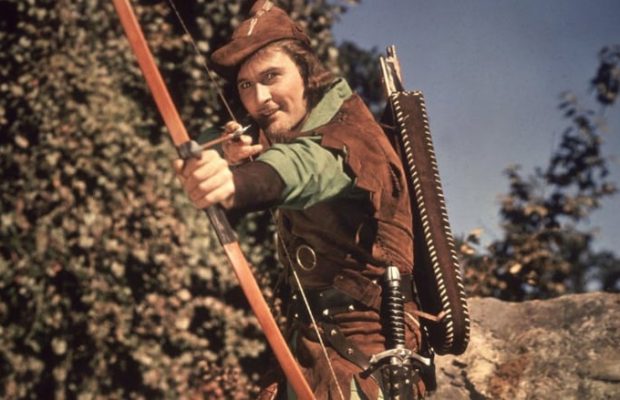
Toronto Film Society presented The Adventures of Robin Hood (1938) on Monday, November 15, 1982 in a double bill with Breakfast at Tiffany’s as part of the Season 35 Monday Evening Film Buffs Series “B”, Programme 2.
Production Company: Warner Brothers. Producer: Hal B. Wallis. Associate Producer: Henry Blanke. Directors: Michael Curtiz and William Keighley. Screenplay: Normal Reilly Raine, Seton I. Miller. Art Director: Carl Jules Weyl. Photography: Tony Gaudio, Sol Polito, Howard Green. Colour by Technicolor. Music: Erich Wolfgang Korngold. Musical Director: Leo F. Forbestein. Editor: Ralph Dawson. Costumes: Milo Anderson.
Cast: Errol Flynn (Sir Robin of Locksley), Olivia de Havilland (Maid Marian), Claude Rains (Prince John), Basil Rathbone (Sir Guy of Gisbourne), Ian Hunter (King Richard), Eugene Pallette (Friar Tuck), Alan Hale (Little Jon), Patric Knowles (Will Scarlet), Melville Cooper (Sheriff of Nottingham), Herbert Mundin (Much, the Miler), Una O’Connor (Bess, the Maid), Montagu Love (Bishop of the Black Canon), Harry Cording (Dicken Malbete), Robert Warwick, Robert Noble, Ivan F. Simpson, Holmes Herbert, etc.
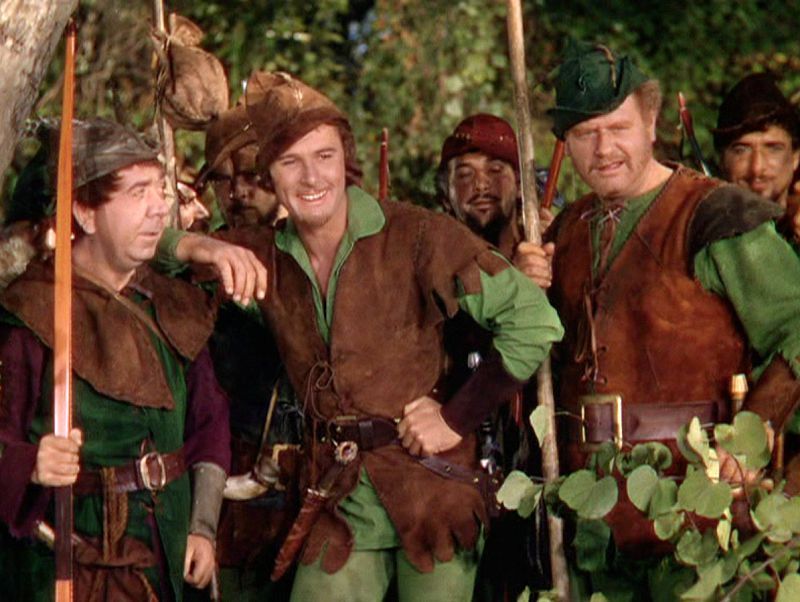
It is not surprising that The Adventures of Robin Hood was produced by Warner Brothers, for it so perfectly typifies the fast paced, attractively cast, expertly photographed and scored films which were the hallmark of the Burbank studio. There were four Warner brothers involved in films–Harry, Albert, Sam (who died in 1927) and, the best known, Jack, who was in charge of production in Hollywood. Whatever their personal shortcomings were–and these, reportedly were legion–the Warners were not short on drive and daring. On several occasions in the 1920s, their struggling studio nearly passed into bankruptcy, but they never gave up. In 1926, they gambled everything by plunging into sound films with Don Juan, the first film to have a musical score synchronized with the action, followed the next year by the landmark production The Jazz Singer, the first film with extensive dialogue. Sound films became an immediate hit, and the Warners were on their way.
In 1937 the Warners crossed their fingers and gave the go-ahead for The Adventures of Robin Hood, involving time-consuming location photograph (near Chico, California and elsewhere), as well as the new Technicolor process, which cost roughly four times as much as black and white.
Production began with William Keighley in the director’s chair. After viewing some of the early footage, Jack Warner decided his approach was too lyrical and that what was needed was a more exciting and more driving direction. In short, what was needed was Michael Curtiz, who had already proved his skill with action epics in such films as Captain Blood and The Charge of the Light Brigade. The morose, hard-driving, ruthless Curtiz was an extremely versatile director, adept at dramas (Mildred Pierce), musicals (Yankee Doodle Dandy), romance (Casablanca), and yet he is one of the least publicized of directors, perhaps because of his generally unpleasant demeanour. Errol Flynn hated Curtiz, and on numerous occasions he had to be restrained from knocking him flat during filming.
Nevertheless, the tough Curtiz was able to inject a supercharge into the action sequences which fill the film–the Sherwood Forest outlaws ambushing the Normans, the archery contest, and, of course, Robin’s famous climatic duel with Sir Guy of Gisbourne.
Like Clark Gable as Rhett Butler, it is difficult to imagine anyone other than Errol Flynn in the title role. Before he arrived in films, the athletic Australian with the roguish grin had led a life of tough adventure in the South Seas, as a prospector, plantation manager, diamond smuggler, and seaman. As Jack Warner wrote in his memoirs: “to the Walter Mittys of the world he was all the heroes in one magnificent package . . . he showered an audience with sparks when he laughed, when he fought, or when he loved.”
Flynn received superb support from the topnotch cast, particularly Basil Rathbone and Claude Rains, two outstanding British actors, and the young Olivia de Havilland. Not the least of the virtues of the film are the visuals–the stunning colours of the costumes, particularly in the banquet scene and the archery contest. Unlike so many of today’s producers, Jack Warner insisted on good photography and go it. The same applies to the scores–and Erich Wolfgang Korngold’s creation for Robin Hood, which so perfectly complements the film’s tempo, won him an Academy Award.
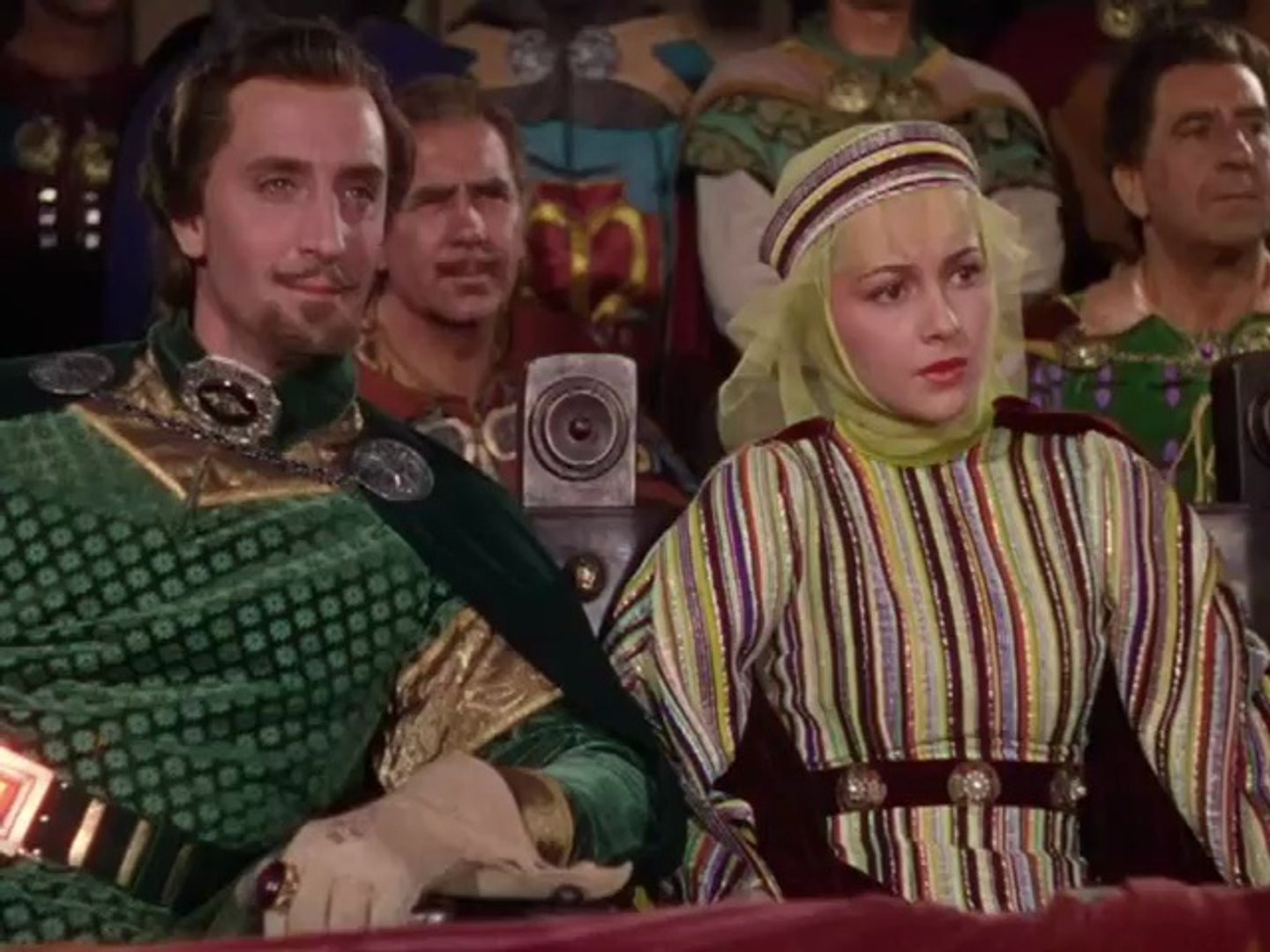
The Adventures of Robin Hood is the type of film which is seldom made today–too often, rather than spirited, zesty, uplifting adventure film, Hollywood seems set in a course of shallow science fiction, crude comedy, or tasteless horror.
One less obvious indication of the decline in filmmaking is the present day WArner Brothers insignia–a crude symbol in a blank screen. In 1938, though, the Warner brothers were alive, and proud of their pictures; and introduced them with their dramatic herald, accompanied by Max Steiner’s magnificent fanfare–a fitting prelude for some of America’s greatest films.
Notes by John Thompson

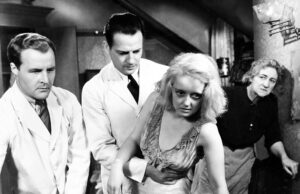
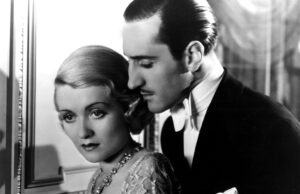
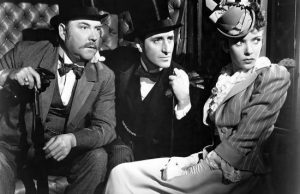






Leave a Reply